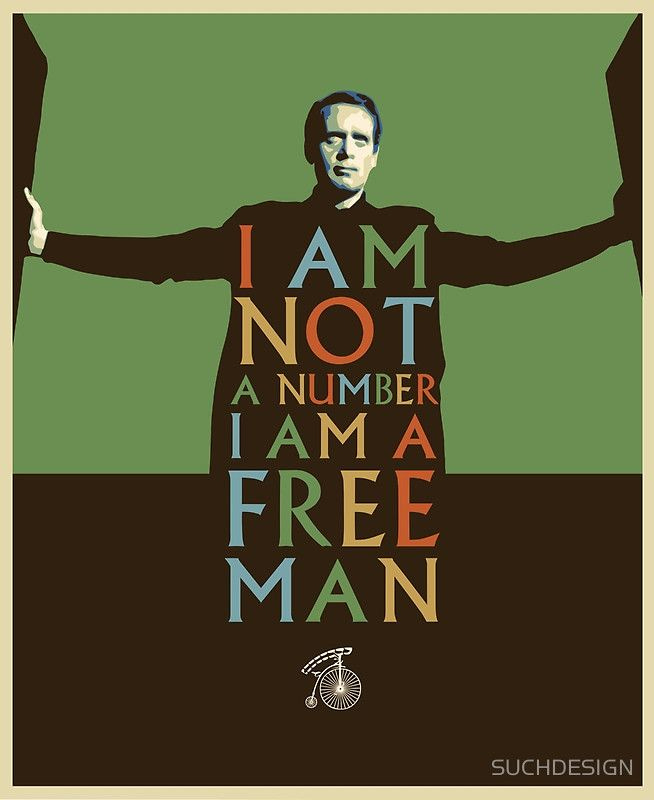Wim Hof, Kegan & the Devil
A Parable of Conscious Nociceptors
I. Who Hof?
Why on Earth does the Wim Hof method — a mixture of breathing exercises, cold exposure and mindset training — even work? This wonderful weirdo can seemingly sit indefinitely in ice baths, overcome injected pathogens, alter tissue inflammation, hike barefoot to the tops of glacial mountains and ignore altitude sickness? How does he do it?
The answer is complex.
It was considered that perhaps he was just a mutant born with an odd amount of extra brown fat cells. However, his twin brother has the same amount of those cells and cannot do all these odd things. It must be related somehow to his theories and practices.
So is this fellow entangling his parasympathetic & sympathetic nervous systems by invoking fight/flight responses while relaxing into them? Does it all come down to shifting pH levels in the bloodstream? Enhanced cardiovascular efficiency? Weaponized placebo effects? Pranic absorption? ALL OF THESE THINGS???
Mr. Hof’s own theory involves the re-activate of dormant adaptive and regenerative functions of the body. Modern living has cultivated an exaggerated worship of our homeostatic comfort zones. While we’ve been improving medicine, creating knowledge and providing essential social safety nets, we’ve also been wearing clothes obsessively, sitting for very long periods, regularly eating indulgent foods and using machinery to keep our homes within a narrow temperature range. Result? A counter-intuitive loss of access to one of our primal health practices. Our ancestors normally assimilated the health benefits of element powers (environmental stressors).
Intense temperatures, skin exposure, inner struggle, fasting, breath denial and other voluntary “hormesis triggers” can re-active this slumbering neurophysiological function. The chemicals that try to combat the alien intensity are pumped out through our system. Then, when the stressor is removed, these war-chemicals can get reassigned to clean up our tissues, regulate our emotions and regenerate inner networks.
This will come as no surprise to readers of DUNE or X-MEN. In those tales, mutant DNA powers are always triggered in individuals by particular stress situations that they must internally convert. The mind helps the body to occupy a disequilibrium condition that is just past its habituated homeostatic boundaries.
Intensified somatic adaptivity (see Thomas Hanna’s classic Bodies in Revolt) can apparently be produced by voluntary exposure to short-term bursts of stress. This, in turn, helps reverse the degenerative fragility that accompanies long periods of low-level stressors (basically all the ongoing, mildly unnatural shit that society sets us up for).
I have begun to fantasize that this is the upcycling of nociceptin.
You know, we have these nociceptors that detect sensations we wish to escape. They exchange frustration chemicals (nociceptins) which are something like anti-dopamines.
When these signals spurt through our system, they make us feel like we want to stop doing whatever activity is challenging our homeostatic balance. This is an important bodily function. We need to protect our “sweet spot” for thriving but this can also become a prison of self-limitation and degenerative habits. If you do not push at the edges of your comfort zones, at least periodically, then you start to get weaker, dumber and more depressed.
This is one way to think about the Wim Hof effect. It is a struggle to generate and then transmute our “quitter” chemicals.
Regular practice of breath-holding or cold showers will confront us with opportunities to semi-intentionally convert the feelings (chemicals) of “fuck this” and “we’re fucked” into “fuck, yeah” or “fuck it — let’s do this!”
II. Robert Kegan!
Hi, Robert Kegan. I think you are the former chair of adult developmental psychology at Harvard. You have a beautifully simple model of (ongoing) cognitive development. This idea is succinctly expressed in the following phrase:
The Subject of one stage becomes the object of the Subject of the next stage.
My identity grows by relating to its patterns — rather than just identifying with them. The moods, ideas and worldviews in which I was embedded become parts of myself that I can examine, inspect and reconsider.
Leveling up means being able to look at things that previously just “took over.”
For example, I might be terrified. I am terrified. But through a mindfulness practice, I begin to witness the terror. I am conscious of it. It does not automatically define me. It has not vanished but I have grown more spacious.
For example, I move to another country — living there until it feels like home. My cultural identity has gotten larger. It includes two different cultures. This is more complex. I have not lost my former feelings but now, rather than simply being embedded in them, I have some cognitive distance.
So apply this idea to spurts of nociceptins (or whatever general class of inner functions they epitomize). Are we identified with our quitter chemicals or are we able to examine them as a part of ourselves?
Can we make our own “giving up” impulses into objects of our subjective identity?
It is an interesting idea.
How would we experiment with it?
Well, first we would a voluntary frustrating discipline. This is where we circle back to Wim Hof, If our goal was to be in a position to examine our “quit chemicals” then we could hardly do better than deciding to hold our exhaled breath or sit in a cold shower. After a few minutes (or maybe less) you will almost certainly encounter the inner movement, mood and moment of giving up.
You’ll probably miss it. It happens fast. That’s why need a repeated or regular practice. At first, we just automatically quit. Even if we struggle heroically for a little while there is a moment of sudden switching in which we “undecide”.
We just stop. Then we look back and notice that we must have missed the “resign” signal.
Does anyone remember the 1960s British mini-series The Prisoner? That weird, vivid show concerned a former secret agent who refused to explain the mystery of his resignation. He was snatched up rapidly and deposited in a nice-looking world that was nonetheless his personal hell. His attempts to escape from a bucolic Welsh village provides the audience with repeated opportunities to ponder whether this guy is valiantly stubborn or simply self-destructive.
III. Nihilism is diabolical.
What I mean is that human cultures have imagined “demonic forces” as poetic, phenomenological expressions of a power that works against us. We are dangerously subject to impulses that would neutralize, nullify and negate us. We get upset or drift into patterns that genuinely seem like they want to cancel our lives, ruin our development, compromise our relationships, disrespect our higher values and feed only on what is unwholesome.
Putting aside the Greek daimons, and the obvious utility of transgressive reversals in developmental growth, the symbolic Devil could be considered as the epitome of self-destruction. The mythological archangel Lucifer picked an unwinnable fight, cut himself off from God, trapped himself and his allies in a suffocating hell of darkness and discomfort.
Any addict knows what it is like to have a “devil” in themselves, an entity-like presence that constantly prompts us toward behavior that thwarts our own hopes and ideals. The devil wants to cancel you.
Oddly similar to nociceptins, no?
These are chemical information signals that say: quit, give up, end the frustration, reverse course, stop making the efforts you decided upon, surrender hope, collapse, go berserk, don’t try, etc.
This renormalization impulse is fine unless your “normal” is unsatisfying, decadent, rotting away, suffocating and slowly destroying your future potentials and present relationships. Part of our regular health and development practice must be to periodically push past current homeostasis into something deeper, larger, more powerful or more authentic.
Even more dangerous seems to be the attractive influence of older, simpler or more primitive versions of “normal”. When an animal stops trying and its body reverts back to its ancient, normal mineral content… that’s what we call death.
There is a tragic loss involved in giving up our current level of meaningful behavior and rolling back toward much more basic capacities and values. Every see how wildly upset a toddler can get when he or she fails in their walking, collapsing back into the crawling world.
It is the Fall of Man.
So we can become monstrous or self-destructive under the influence of inner signals that whisper to us that we should just give up and go back. No one cares. Life isn’t getting better. Everything is fucked up. Why bother looking after yourself or others?
Why try for higher value?
Moral mindfulness — the exercise of vigilance against the “inner enemy” who offers you the relinquishment of self-neutralization and degeneration — involves the quasi-religious inspection of these tendencies as if they were other, demonic, parasitic.
Kegan’s notion of development through consciousness, objectification and recognition must be mobilized in order to catch these temptations before they define us. This is deeply parallel to Wim Hoffery and the new philosophical literature of antifragility and voluntary heroic exposure to stressors.
Obviously, we need to stop many activities after a little while. Fantastical heroic self-overcoming is rarely needed and often pathological. However, it is equally problematic if we cannot convert our resistance into strength. We need practices that make us healthy and strong, in whatever way suits our temperament, while also exposing us to the potentially helpful influence of the chemicals that want to quit.
If we expect, allow and embrace those inner signals (rather than just acting on them) then, when we relax, these same powerful chemicals might become available to enhance and purify our overall being.





